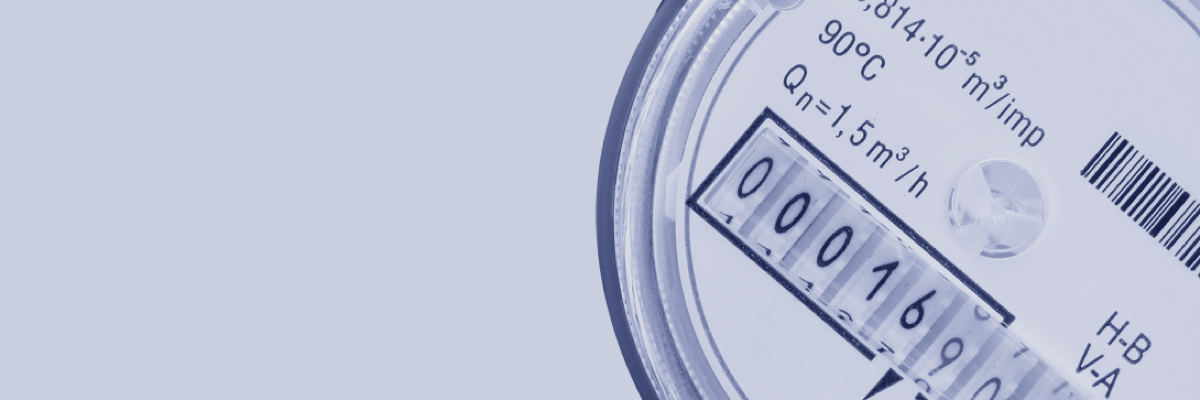Back
- Applications
- Products
- Support
- About HiSilicon
No Result


Throughout history, energy has played a key role in the development of society. Today, new technologies such as the Internet of Things (IoT), big data, and artificial intelligence (AI) have given rise to smart energy, which is transforming the traditional energy sector. These new technologies allow us to monitor and manage networked energy devices so that we can reduce energy consumption and use it more efficiently. For example, by digitalizing gas and water meters and reorganizing them into networks, we can read meters remotely, which is more efficient and accurate. Additionally, measures such as tiered fees can be applied for meters which are read regularly, promoting energy conservation and efficient use.
Remote meter reading can be implemented through such methods as wired communications and unlicensed spectrums, but each of these leads to a unique set of challenges. For example, signal cables are required in wired mode, and these are often difficult to implement. Alternatively, if unlicensed spectrum technology is used, signals become vulnerable to interference and can be easily blocked by a house's structure, leading to low success rates when reading meters.
NB-IoT is a low-power, in-depth coverage technology that improves signal coverage by up to 20 dB and is perfectly suited to the reading of water and gas meters. NB-IoT is a key mMTC technology, and because it adheres to the 3GPP standard, it is more likely to support long-term technological evolution, making it the best communications solution for smart meter reading.
HiSilicon Boudica is a widely used NB-IoT chipset which supports NB-IoT modules with standard interfaces from various vendors. It has been applied to tens of millions of smart meters.


This site uses cookies. By continuing to browse the site you are agreeing to our use of cookies. Read our privacy policy